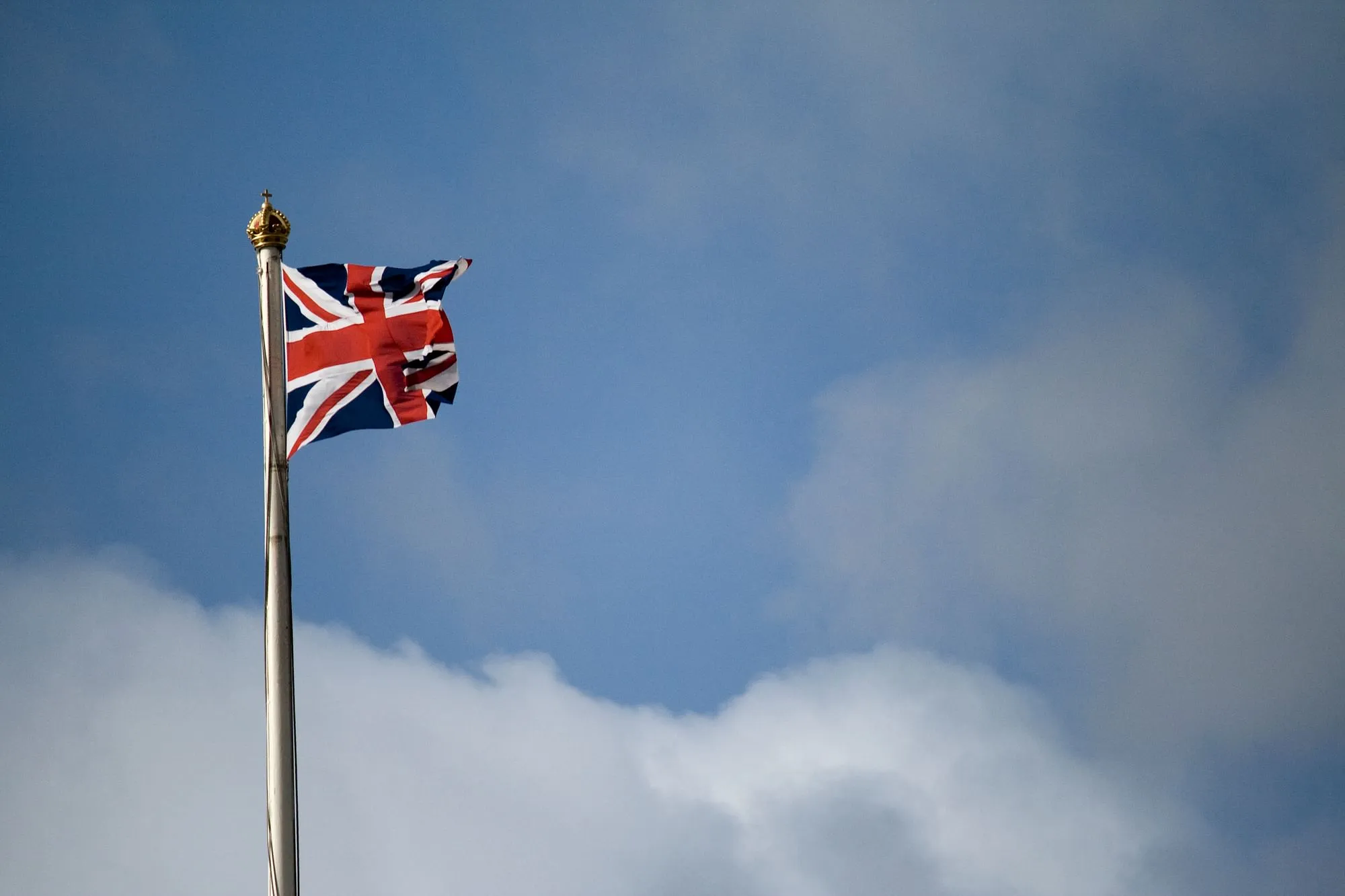Popularly known as the British Raj, it is the period of British rule over the Indian subcontinent from 1858 until the independence of India and Pakistan in 1947.
General distrust and discontent of people of Pre-Partition India (India, Pakistan and Bangladesh) with the leadership of East India Company gave rise to the widespread sepoy mutiny in 1857.
To continue their sham supremacy and gain political mileage, the British viciously reframed the organizational structure of governance in India. The British Parliament unilaterally began to impose its maliciously manufactured laws and policies to bring India under its direct control.
Though the British Parliament declared that the British Raj was intended to increase the involvement of Indians in governance and development of the Indian subcontinent, it under the garb of India Acts gradually extended its writ and power across the pre-partition India; colonizing most parts and institutions.
British governors and army officers infiltrated everywhere; thus regulating and controlling most of the subcontinent to their grit. To the extent that the Jallianwala Bagh massacre was carried out by troops of Gurkha and Sindh Rifles on the order of British Colonel Dyer.
During British Raj, Indians ever more felt powerless and betrayed. People couldn’t decide anything on their own without the approval of British rulers, and this snowballed into an extensive nationwide independence movement.
Even as the British government developed education, railways, ports, universities, courts, medical care, sanitation, irrigation systems and other infrastructure in the Indian subcontinent, the seething discontent was palpable. Historians opine that the developmental works during the British Raj primarily fostered their colonial interest, and the actual motivation was domination rather than development.
The narrative of development and welfare, at the cost of identity, was not acceptable to the people. The rising signs of imperialism and subjugation, flag symbolism, deceit and imposition of the supremacy of British rulers further alienated the masses who decided dignity over sham development.
In his book Inglorious Empire: What the British Did to India Shashi Tharoor reflects how the British Raj systematically purged India’s riches, destroyed its institutions and created divisions among its people.
The Army and the Civil Service were the main instruments of British power, staffed by only a small number of European officials who held the top positions. This imperial service became a large vested interest of the educated upper-middle class. By 1913–14, almost 65 per cent of the total budget was spent on the army and civil administration (British Imperialism: 1688–2000 by P Cain and A G Hopkins).
The native Indians in the Civil Service became the bridge by which the British governed India and, as Lord Macaulay known for Macaulayism held—“we must do our best to form a class who may be interpreters between us and the millions whom we govern; a class of persons, Indian in blood and colour, but English in taste, opinions, in morals, and intellect”. The propaganda was floated and the history, economy, society and culture of the Indian subcontinent was interpreted as chaos from which only British rule would be able to save them (The British Empire: Themes and Perspectives by Sarah Stockwell).
For the continuation of the imposed British control in India, the British wooed some important sections of the Indian people; and a policy was evolved to seek the loyal cooperation of the princes, landlords, and government servants who were under the direct control of British rulers. The Britishers, by all means, succeeded in achieving the loyal support of several natives.
The majority of the population of undivided India disapproved of the illegal occupation of their land by British rulers. Many prominent freedom fighters Mahatma Gandhi, Maulana Abul Kalam Azad, Subhash Chandra Bose, Rani Lakshmi Bai, Bhagat Singh to name a few, led the freedom struggle.
Some freedom fighters also opted for armed struggle and violence. In one such event, Khudiram Bose, along with Prafulla Chaki, the two armed rebels of the Indian independence movement hurled a bomb on the carriage of a British judge Kingsford.
Since he was seated in a different carriage, the explosion resulted in the death of two British women. Shaheed Khudiram was hanged for the act of “terrorism” and “murder” of the two civilians.
In his newspaper Kesari, the nationalist Congress leader and journalist Bal Gangadhar Tilak condemned the use of violence but wrote.
“The rulers who exercise unrestrained power must remember that there is always a limit to the patience of humanity”. This was followed by the arrest of Tilak by the British government on charges of sedition, and Jinnah fought the case as his defence lawyer (The Story of our Independence: Six years of jail for Tilak, Daily Hindustan Times—August 2015). Interestingly, the book Gentlemanly Terrorists: Political Violence and the Colonial State in India, 1919-1947 by historian Durba Ghosh, who teaches at Cornell University, examines the interplay between India’s militant movement and non-violent civil disobedience.
Bottomline: Despite the might of the British Empire and its lies, the 200-year-old colonial rule in India ended. The courage and valor of millions of Indians prevailed. In 1947, Indian history saw the lowering of the Union Jack, the symbol of enslavement and oppression, and raising the flag of Independence. To quote Shaheed Bhagat Singh, “It is easy to kill individuals, but you cannot kill the ideas. Great empires crumbled, while the ideas survived”.
Disclaimer: The views and opinions expressed in this article are the personal opinions of the author.
The facts, analysis, assumptions and perspective appearing in the article do not reflect the views of GK







